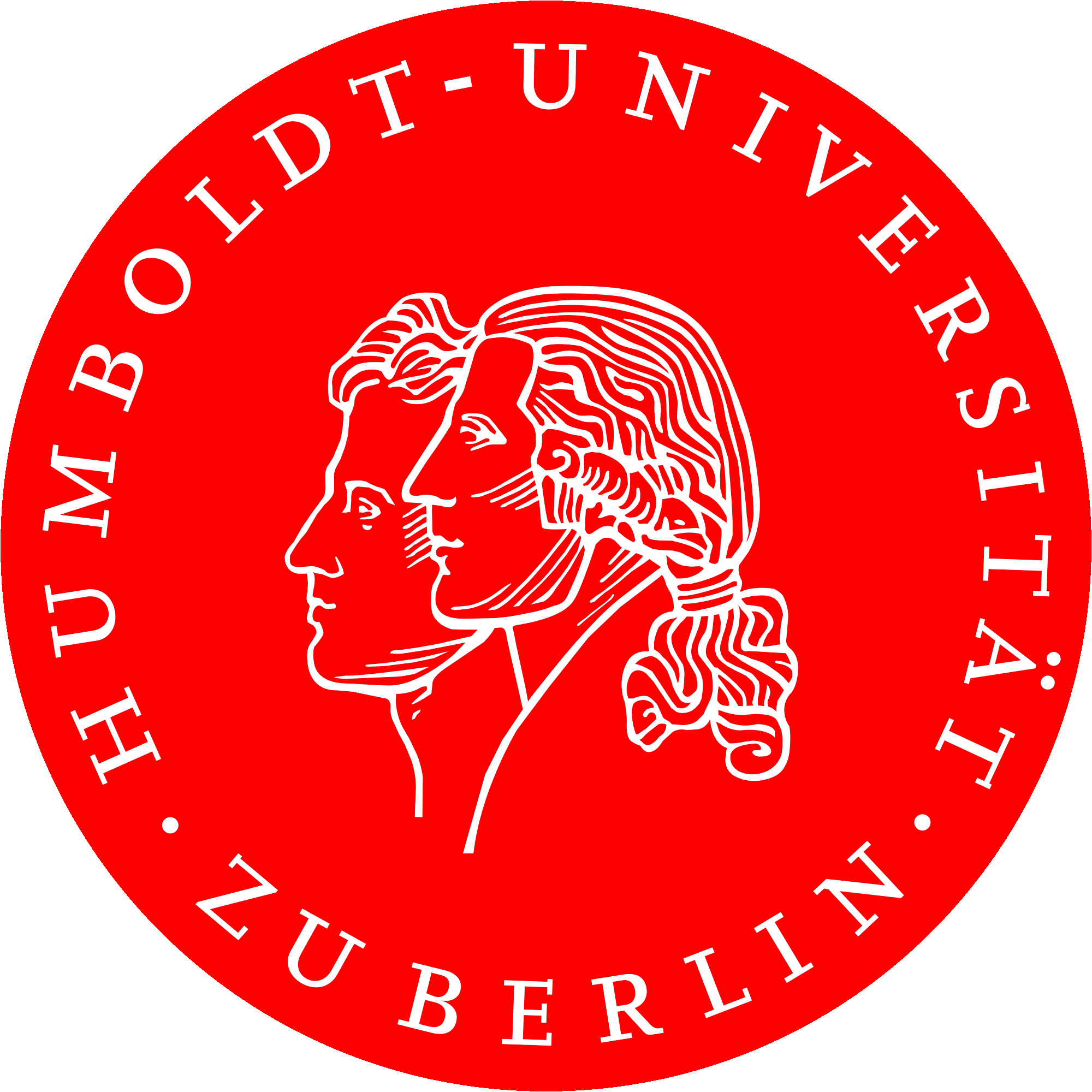SFB 1265: The Re-Figuration of Spaces – Subproject C05 (2022 – 2025)
Based on a conceptualisation of the city as a critical zone of the Anthropocene, the subproject investigates the reconfiguration of urban spaces associated with microclimatic adaptation strategies. The empirical focus is thus on the current formation of an urban microclimate regime for the purpose of mitigating negative effects of thermal stress on human and non-human life in the city. Based on two intertwined case studies of pioneering cities of microclimatic adaptation, namely Stuttgart in Germany and Fukuoka in Japan, three moments of regime formation are examined from a spatial sociology perspective: first, the problematisation of urban heat, which is related to certain socio-spatial arrangements of heat and affectedness; second, the infrastructuralisation of heat-resilient spaces, which is shaped by material-political strategies and conflicts with existing practices and infrastructures; and third, the translocal circulation of this urban microclimate regime, which reveals variations in the encompassing reconfiguration of spaces.
The sub-project thus aims to make a threefold contribution to the research agenda of the collaborative research centre: first, by examining spatial arrangements of heat and affectedness, to explore which spatial figures are suitable for conceptualising current planetary reconfigurations; second, by examining urban microclimatic interventions, to examine how the current climate crisis and climate politics impact on the reconfiguration of spaces; third, to explore local variations of this reconfiguration through the interwoven histories of the case studies.


